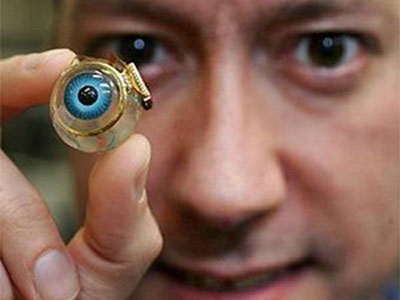Scientists at the University of London (UK) have successfully implanted retinal stem cells in experimental mice.

Photos are for illustrative purposes only. (Source: Internet)
Stem cells after transplantation can integrate into the new retina environment and give birth to cones.
This implant technique is important in the treatment of blindness caused by the aging of the retina.
First, scientists took out retinal stem cells in healthy lab rats. Then transplanted this stem cell into the body of mice born with congenital blindness LCA.
Congenital blindness LCA is a genetic degenerative disease that usually occurs in children . In people with this disease, light-sensing cells in the eye will become sick and die, eventually leading to blindness.
In the experiment, scientists used stem cells containing the Crx gene. This is a gene that can direct the growth of healthy light-sensing cells.
After transplanting stem cells containing this Crx gene into infected mice, the scientists found that stem cells containing Crx genes successfully penetrated into the new retina environment and began to give birth. mature cell cones. Cones are a type of light-sensing cell that plays an important role in the light-sensing function of the eye.
Dr. Jane Soden, the lead researcher, said the new cones' condition was very well formed. This demonstrates that this is the first time scientists can implant mature retina into new cells.
The next step is to assess the role of these new cells in improving the eyesight of laboratory mice. If the results prove good, scientists will apply this technology to humans.
 Green tea cleans teeth better than mouthwash?
Green tea cleans teeth better than mouthwash? Death kiss: This is why you should not let anyone kiss your baby's lips
Death kiss: This is why you should not let anyone kiss your baby's lips What is salmonellosis?
What is salmonellosis? Caution should be exercised when using aloe vera through eating and drinking
Caution should be exercised when using aloe vera through eating and drinking